Subhas Chandra Bose (1897-1945), also called Netaji, was an Indian nationalist who dedicated his life to freeing India from British rule. During World War II, the British arrested the passionate activist 11 times until he finally escaped. With the help of the Axis powers, Bose led thousands of people around the world to join forces in the fight for his country’s freedom. In 1945, Japan reported that a plane crash took his life. Although scores of Indians believed their leader faked his death, their hero never resurfaced. Since then, thousands of people have celebrated his bravery, patriotism, and willingness to die for India.
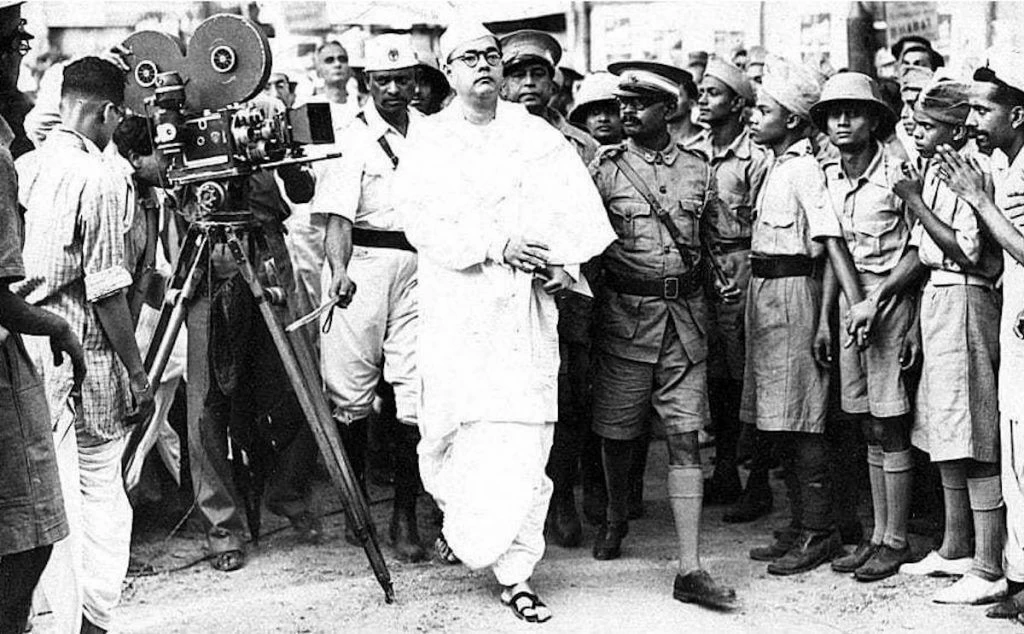
Early Life
Netaji was born Subhas Chandra Bose on January 23, 1897. Variations of his name include Subhash Chandra Bose and Netaji Subhash. As one of 14 children in a wealthy family, he acquired a decent education from an early age and went on to study at the Presidency College. However, he did not complete his studies there. After he attacked a professor who reportedly spoke out against India, Netaji was expelled for the incident. Subsequently, he pursued philosophy at Scottish Church College and managed to secure a B.A.
Activist for Freedom
After graduating, Netaji moved to Britain and went to Fitzwilliam College. However, he returned home rather quickly because he did not want to work in Great Britain. The new graduate became involved in nationalist activities and found himself in tumbles with British authorities. While in jail during 1925, he came down with tuberculosis. However, the disease did not hinder his passion to fight for a free India.
[blockquote align=”none” author=”Chandra Bose from Mandalay Jail”]I am prepared for the worst and I feel it would be a great privilege to be allowed to suffer for a cause which to me is dear.[/blockquote]
In 1927, Netaji was released from prison and began working with the Indian National Congress as their general secretary. This led to even more trouble with the law but did nothing to curb his success. He became the mayor of Calcutta in 1930 and even served briefly as the president of the Indian National Congress. However, opposition from Mohandas Gandhi led to his resignation. In July 1940, the activist organized a large demonstration, and authorities arrested him for inciting rebellion against the government. During his time in prison, he decided that he would approach the Axis powers for assistance, but he first needed to get out. After six days of his “fast for freedom” during which he took in no nourishment, they released him. Now, he intended on escaping India: destination, Berlin.
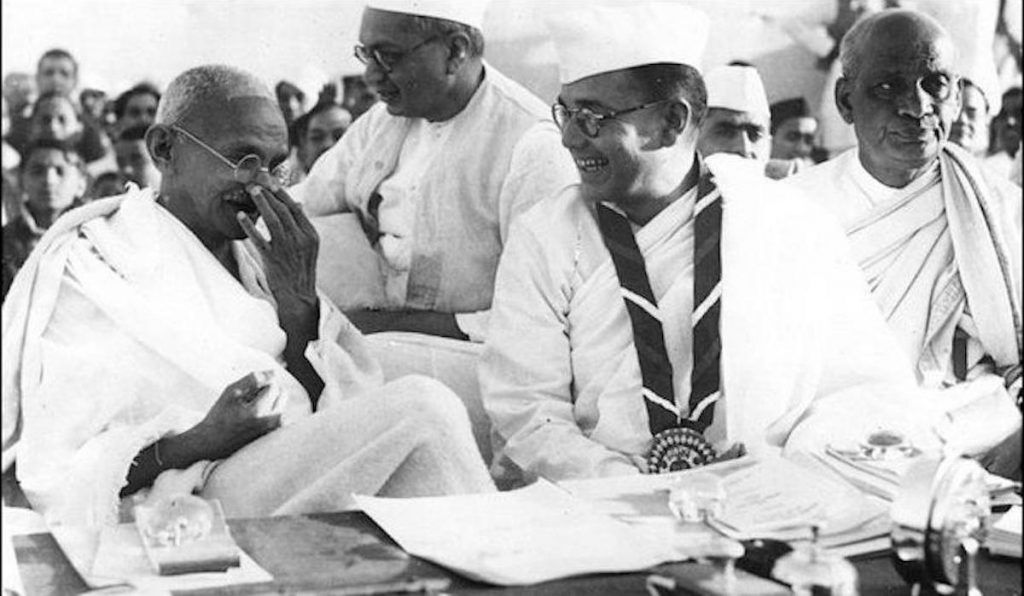
Subhas Chandra Bose Escapes from India
While Netaji was supposed to be awaiting his trial on January 26, 1941, he arranged for a car to pick him up in the wee hours of the morning. Disguised as a Muslim, he made his way to a train that would take him to Peshawar, Pakistan. From there, he met up with an associate who led him with armed guards into Afganistan. Although Netaji asked the assistance of the Japanese and Russian embassies in Afganistan, it was ultimately the Italian ambassador who granted him an Italian passport and a car to transport him to Russia (Lebra). The last leg of his escape involved a flight from Moscow to Berlin, where he finally arrived on April 3, 1941.
Nazi Germany 1941-1943
In Germany, it appeared that Netaji Subhas Chandra Bose had a great deal of support. He wrote up a proposal to the Germans regarding his goals and how they might be able to help one another. In response, the German Foreign Ministry allowed him to set up the Free India Centre, which allowed him to work and broadcast messages to rally support for his cause in Europe and India. Under this department, the charismatic leader raised an army, the Free India Legion (Infantry Regiment 950).
Initially, the group consisted of a few Indian students in Germany. Then incredibly, Netaji convinced thousands of POWs who were captured fighting for Britain to now train under the tutelage of German officers. Together with the Germans, the Legion would unite for the common cause of crushing the Brits. Meanwhile, their leader intended to eventually raise 100,000 troops that would prepare to parachute into India, fight the British, and free the country. Bose did succeed in bringing together a group of about 3000 POWs.
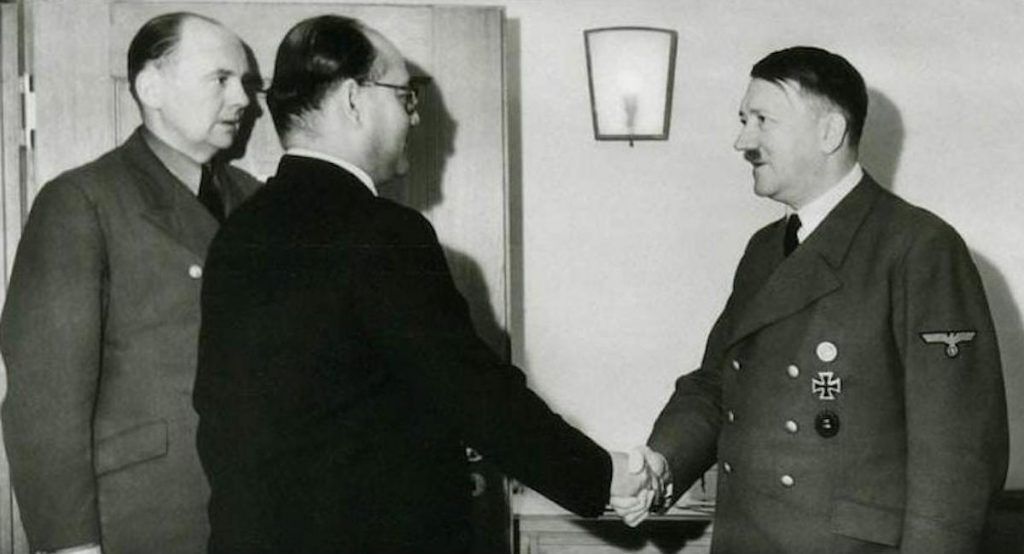
The Indian soldiers took the following oath professing their loyalty to Hitler and acknowledging Netaji as the leader of India. “I swear by God this holy oath that I will obey the leader of the German race and state, Adolf Hitler, as the commander of the German armed forces in the fight for India, whose leader is Subhas Chandra Bose” (BBC).
Chandra Bose met with men like Heinrich Himmler and eventually received an audience with Adolf Hitler. Hitler initially appeared to support the idea of invading India once the Germans had conquered the Russians in Stalingrad. However, some suggest Hitler was using the activist mostly for the anti-British propaganda and support that he was drumming up. It is unclear exactly what Hitler’s true intentions were. Nonetheless, during their meeting, Hitler supported the idea that Bose go to Japan. A “free India” army (The Indian National Army) was already forming there, and the Japanese had already communicated to Hitler their desire to bring the respected Indian leader to Japan. They too desired to free Asia from Western colonial rule.
Japan 1943-1945
The Indian freedom fighter left the Legion behind in Germany, and in February 1943, he took a German submarine to Madagascar where he transferred to a Japanese sub. Once he arrived in Japan, he took control of the Indian National Army and provided the leadership they desperately needed.
[blockquote align=”none” author=”Bose in a speech to the Indian National Army, July 5, 1943″]I assure you that I shall be with you in darkness and in sunshine, in sorrow and in joy, in suffering and in victory. For the present, I can offer you nothing except hunger, thirst, privation, forced marches and death. But if you follow me in life and in death, as I am confident you will, I shall lead you to victory and freedom. It does not matter who among us will live to see India free.[/blockquote]
Unfortunately for him, that army’s fate was tied to that of Japan. After Japan suffered defeat, they surrendered to the Allies on August 15, 1945. So did the Indian National Army. Hence, Japan could no longer provide assistance to the “free India” cause.
Once again in search of a government that could possibly defeat the British, Netaji made plans to leave Japan to ally with the Soviets whose relationship with the Brits seemed to be degrading. The Indian leader commented, “They are the only ones who will resist the British. My fate is with them” (Bayly, Harper 2007). Additionally, it seemed more and more likely that the British would find and capture him.
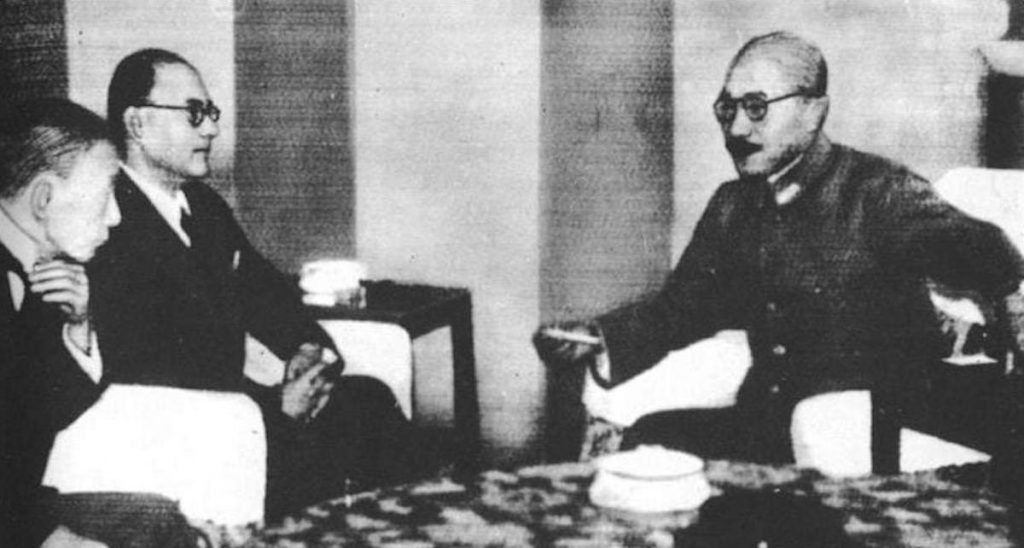
Death of Chandra Bose
Days after Japan surrendered, Netaji boarded a Mitsubishi Ki-21 bomber plane in Saigon. He planned to deplane in Dairen, Manchuria. The Japanese still controlled Dairen, but the Soviets had taken control of the rest of the region and were quickly moving South. Bose would make contact with the Soviets and transfer into their territory with the help of Japanese officers.
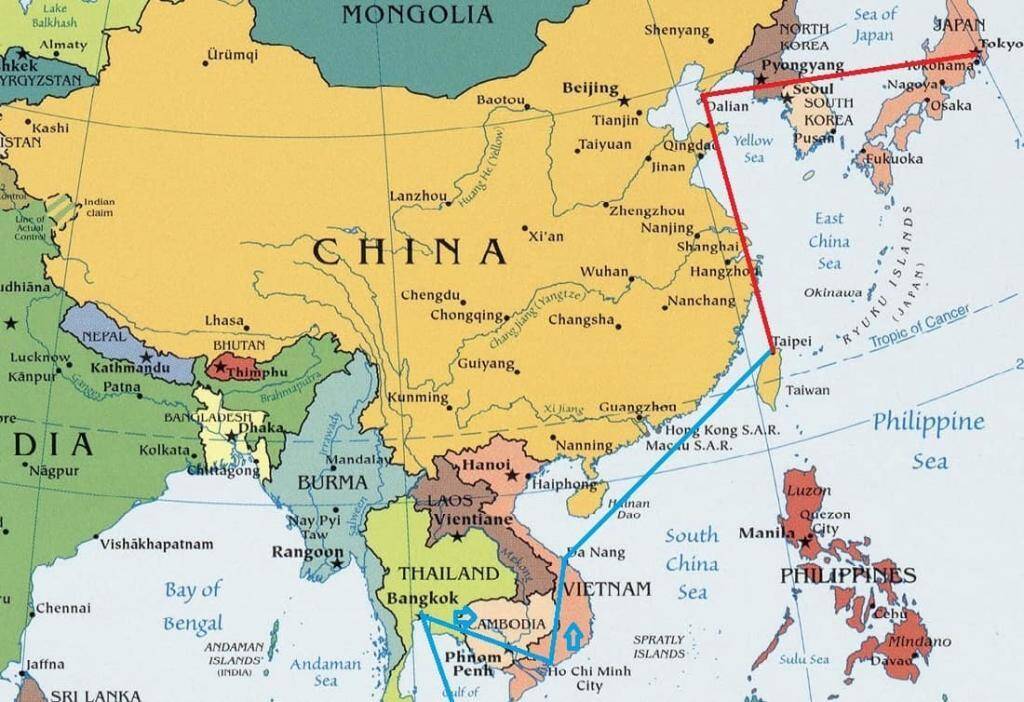
Historians hotly debate whether or not he ever arrived in Dairen. The official report is that his plane crashed on August 18, 1945, during the take-off from a pit stop in Taiwan, and the Indian leader purportedly suffered fatal burns. Japanese reported the incident on August 23 and, subsequently, cremated Bose and took his ashes to the Renkoji Temple. Skepticism was immediate, though a British investigator confirmed his death. Additionally, several witnesses testified with the exact same details that remained consistent.
In response to the news, Gandhi commented, ” Subhas Bose has died well. He was undoubtedly a patriot, though misguided.” Groups that had been fighting for India’s independence felt their leader’s absence profoundly. Many refused to accept his death. Hence, stories trying to explain his disappearance erupted amongst the freedom fighters. After all, he had demonstrated his mastery at covert maneuvers to elude even the most powerful governments.
Theories About Netaji
There are two main theories about what may have happened to the man, supposing he did not die due to the plane crash. Some believe he faked his own death and went into hiding in the Soviet Union. Based on this idea, he would surface again to finish what he started when it was safe. Others believe the Soviet Union imprisoned him and perhaps he died in prison or lived out the rest of his days in Russia.
The Aftermath
After WWII ended, Indian citizens were able to focus on independence. Violent wars erupted between Muslims and Hindus, and by 1947, the British vowed to leave India. The country was free just two years after Netaji’s reported death. Although there were others who pledged themselves to India’s freedom, Chandra Bose had an ability that few others had. He shaped the minds and hearts of thousands of men according to his own vision to fight to the death if necessary. In his fight for an independent India, he became a hero in his home country and is still honored today.
Originally published on August 19, 2012.
References:
Bayly, C. A., and T. N. Harper. Forgotten Wars Freedom and Revolution in Southeast Asia. Cambridge, MA: Belknap Press of Harvard University Press, 2010.
Lebra-Chapman, Joyce. The Indian National Army and Japan. Singapore: Inst. of Southeast Asian Studies, 2008.
Thomson, Mike. “Europe | Hitler’s Secret Indian Army.” BBC News. September 23, 2004.
Rediff News, retrieved 8/18/12.
Encyclopaedia Britannica
Telegraph India